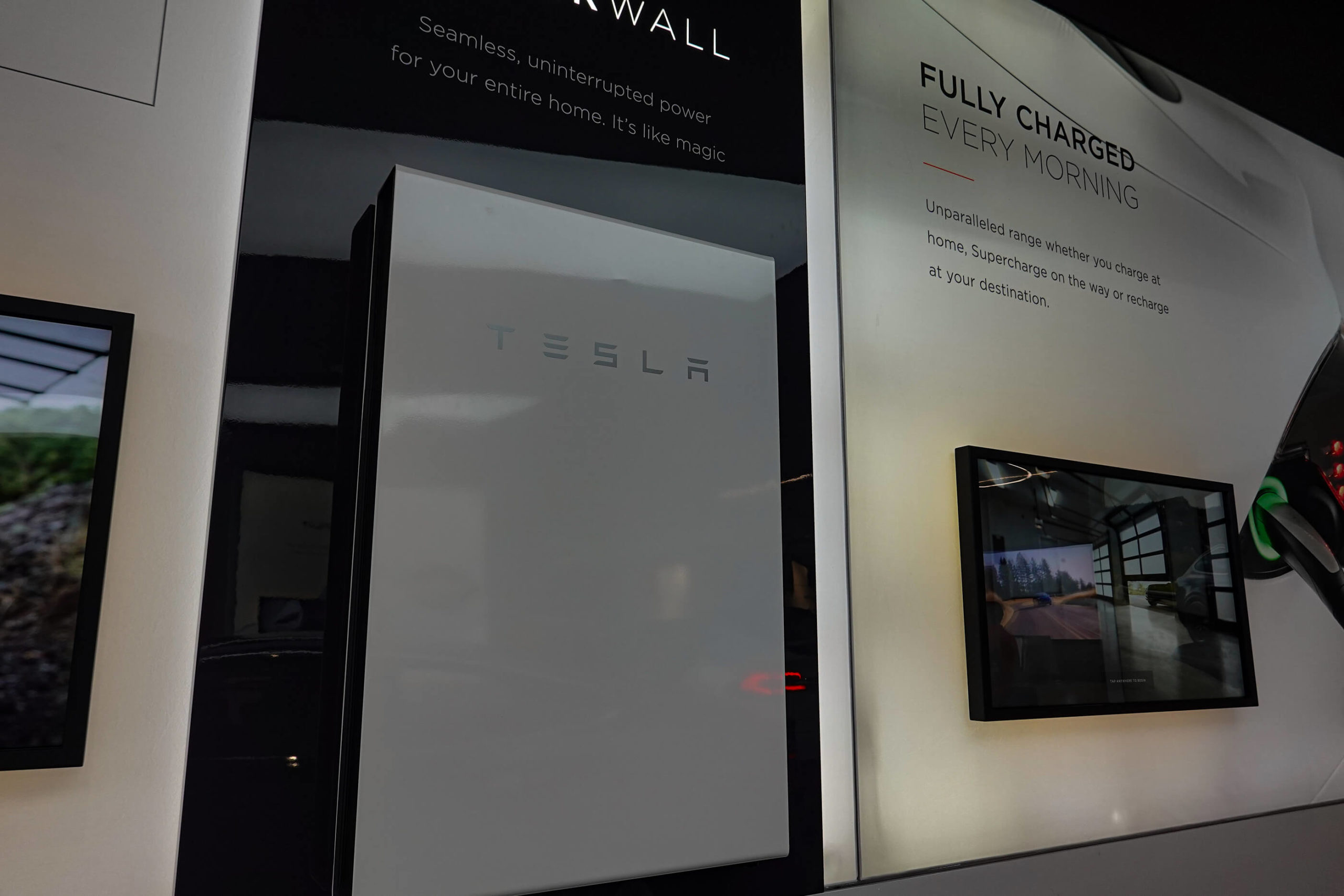Tesla Powerwall and the Future of Storing Solar Energy

As solar power has gone mainstream, manufacturers have worked to improve the efficiency of photovoltaic panels and the means which to store energy. Tesla first introduced the Powerwall in 2015 and the latest version (Powerwall 2.0) in 2018. Designed for home energy storage, this rechargeable solar lithium ion battery can be paired with solar panel systems if homeowners truly want to go off-grid.
According to Tesla’s website, the Powerwall battery can provide continuous power during an outage for seven days or more, if multiple batteries are installed. A single battery can provide a few hours of uninterrupted power. The battery can detect an outage and disconnect a home power system from the grid, delivering power in a fraction of a second so there may never be a hint of an outage.
How It Works
Solar panels generate power from the sun, so their output isn’t always consistent. At times, they may produce more electricity than needed. Modern-day systems send electricity back to the grid (via net metering), which makes many homeowners eligible for discounts by utilities. The Tesla Powerwall instead stores the excess electricity. This can be used later when the solar panels are producing less electricity, rather than purchasing more from your utility company.
The Tesla Powerwall 2.0 incorporates a variety of functions and features that make it convenient for use in homes, including:
- Storage capacity of 14 kWh of electricity
- Time-based control of charging and discharging
- Control of peak and off-peak performance via smartphone app
- Management of excess solar and grid power
- Full charging by the end of off-peak times
- A 10-year warranty
Can the Powerwall Meet Future Solar Energy Storage Demands?
Studies have shown the average U.S. home consumes about 28 kWh of electricity per day. The Powerwall 2.0 can therefore provide enough storage to support electricity use during nighttime hours. While net metering laws don’t support the need for solar storage, many utilities are attacking these policies and they may eventually end. Aside from market structure, the future of home solar energy storage may be quite economical as people can store electricity directly from their solar arrays.
Will Tesla’s Solar Battery Support My Home’s Future Energy Needs?
Tesla warranties its battery for 10 years, guaranteeing it will store at least 70% of its rated output over that time. The company has factored daily electricity storage and discharge into its estimation. However, the battery technology isn’t much different from other rechargeable batteries. It will hold less charge over time as any battery does, so Tesla guarantees the battery will retain a specified amount of storage capacity.
The Powerwall is a good solution if you install a solar panel system and don’t have access to net metering, your area is charged time-of-use electricity rates, and incurs substantial demand charges. But solar energy storage is a logical step forward. It helps in the movement to depend solely on renewable energy and in protecting against the effects of climate change. This potential means solar energy storage should have a bright future, and the Tesla Powerwall 2.0 is a major steppingstone towards energy independence.
Professional Electrical Installation in Los Angeles
Express Electrical Services provides electrical installation, repair, and emergency services throughout Southern California. Customers have relied on us to address their electrical needs since 1982. Available 24/7, we can respond to an emergency in 60 minutes. Our team of experienced electrical technicians can handle jobs of any size for residential, commercial, and industrial customers. To learn more, call 805-250-5807 or request service online.
